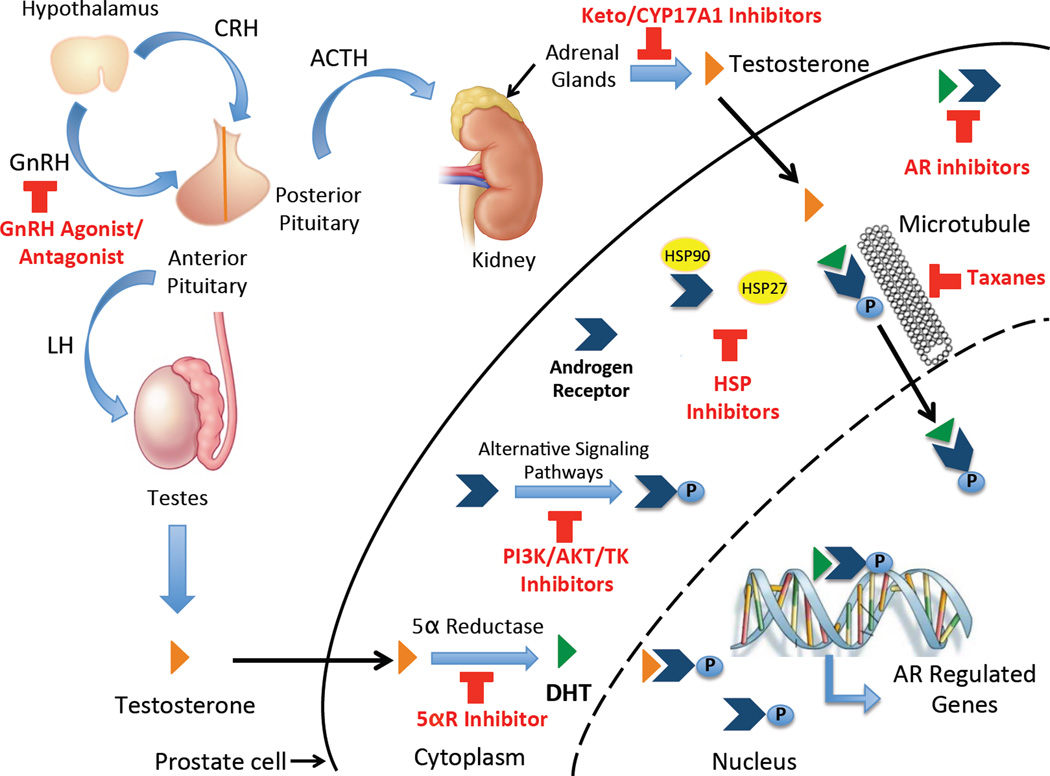Figure 1. Advanced prostate cancer treatment targets.
Gonadotropin releasing hormone (GnRH) agonist and antagonist inhibit the synthesis of androgens by blocking the release of gonadotropins from the pituitary. Ketoconazole (keto) and CYP17A1 Inhibitors block the synthesis of adrenal androgens to further decrease the amount of available testosterone (T) and other weak androgens that can potentially activate AR. In addition, 5α-reductase (5αR) inhibitors can be used to block the conversion of T to the more potent androgen, dihydrotestosterone (DHT), and AR inhibitors can prevent the binding of any remaining ligand. Phoshoinositide-3-Kinase (PI3K), Protein Kinase B (AKT), and Tyrosine Kinase (TK) inhibitors block alternative signaling pathways leading to activation of AR in the absence of ligand. Finally, heat shock protein (HSP) inhibitors are being studies as these can induce AR activation and nuclear localization independently of ligand (HSP90) and can protect cells against apoptosis (HSP27).

